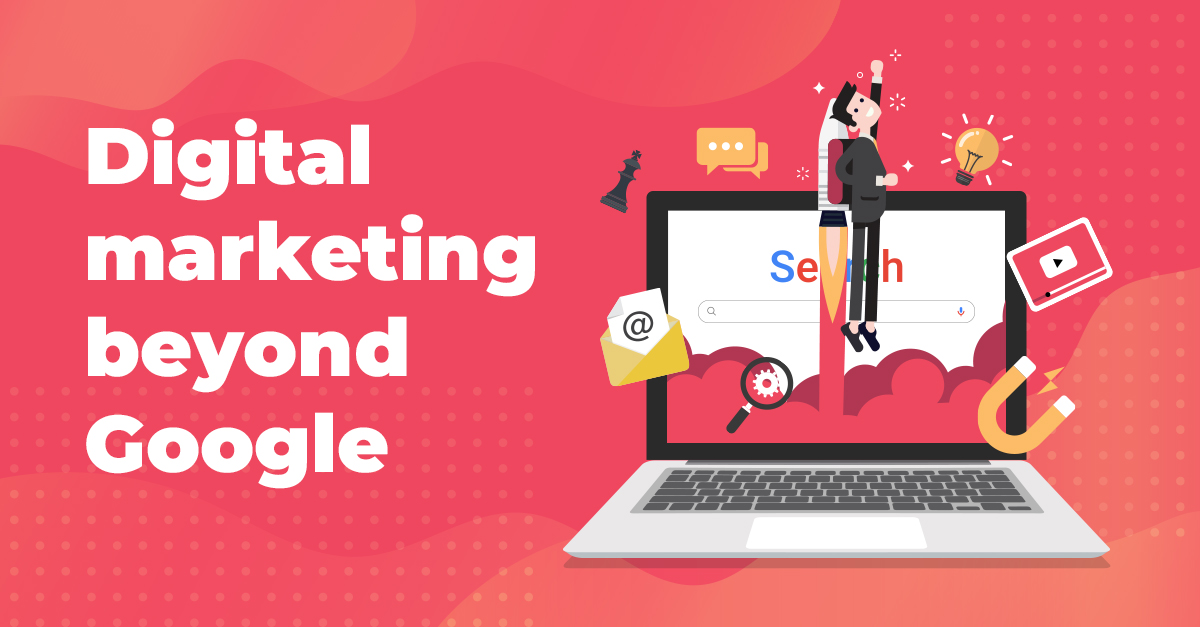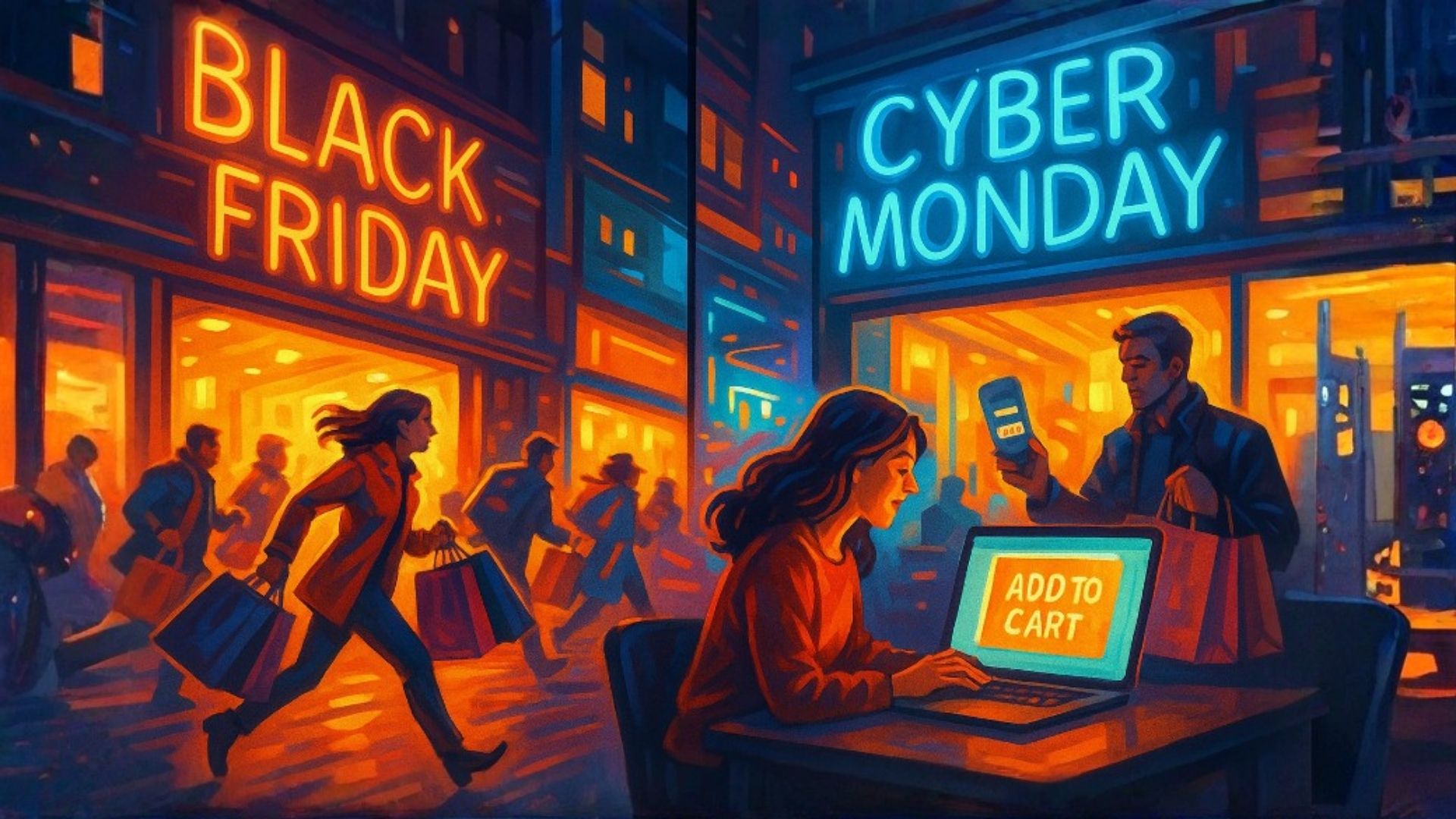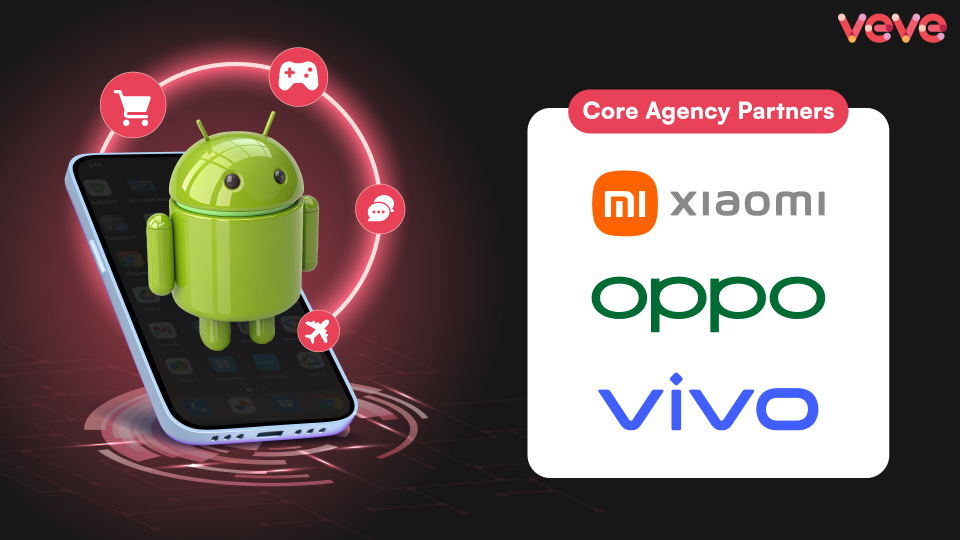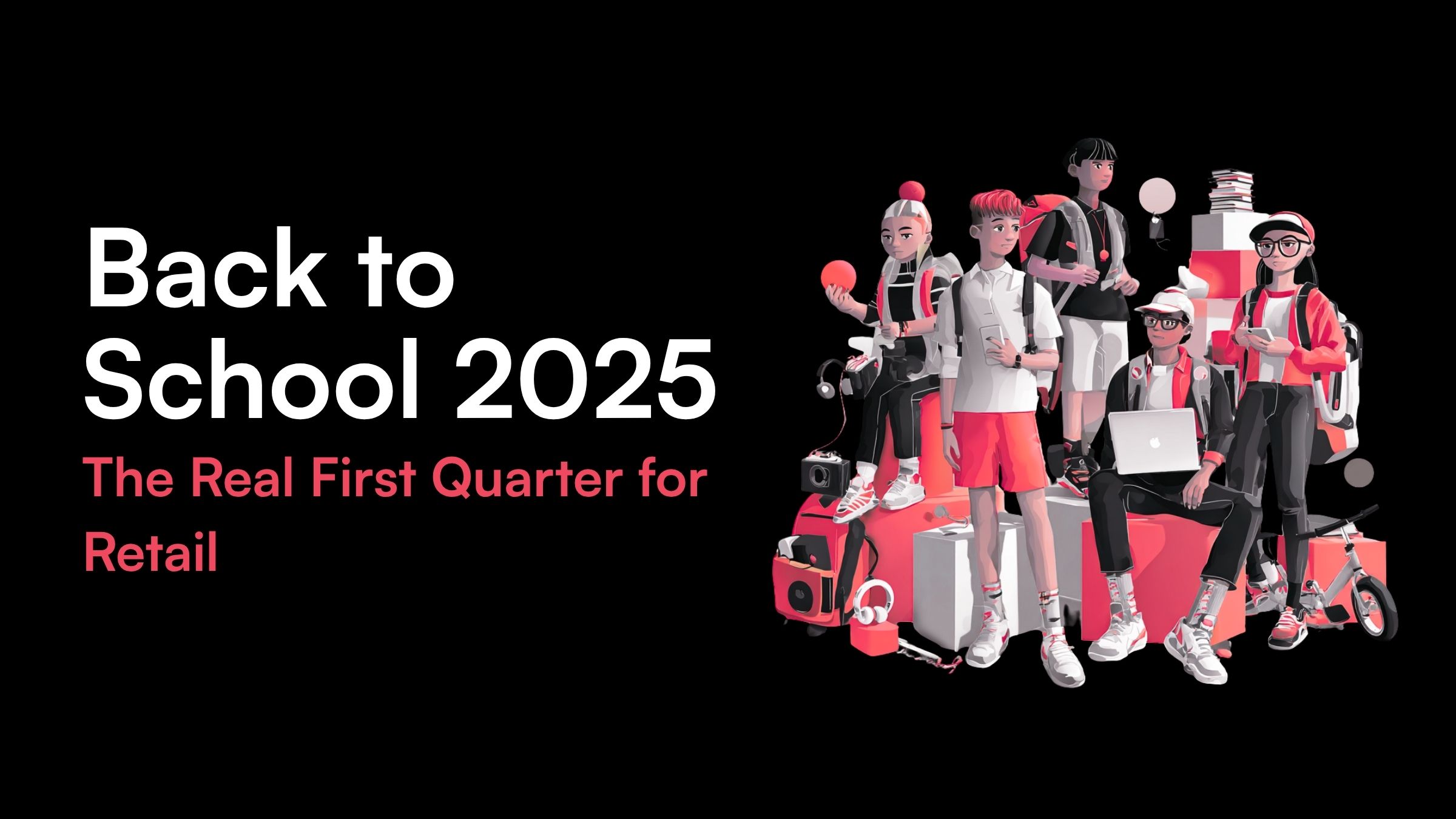For a long time, Google has been the go-to marketing channel, especially for performance marketers. Google has been the leading avenue for brands to get their products and services in front of their target consumers and drive traffic, generate leads, and secure conversions.
However, several factors are challenging the universal appeal of Google. These include:
- Growing competition and rise in CPCs which impact campaign ROI
- Rise in the volume of untapped audiences and the need to reach them in new ways
- Innovative, cost-effective ad formats by newer entrants, change in consumer behaviour and engagement patterns throughout the funnel, what people are doing, where they are transacting or searching for is leading marketers to non-Google options in the digital marketing space
New-age mobile and desktop browsers changing the course
The massive proliferation of mobile devices and the rise of global OEMs have opened newer non-Google advertising platforms. Some of the other key factors that are driving marketers to diversify their advertising strategies include:
The growth of device-specific browsers
The number of global smartphone users in 2023 stands at 3.6 billion. This is a staggering 65% more when compared to the number of users in 2016 [1]. This rise in smartphone users is driven by innovation-focused global OEMs who have lowered the cost of access to smartphones.
Committed to enhancing the user experience continually, most OEMs offer pre-bundled, in-house browsers with their smartphones for a seamless user experience. This is leading to slowed adoption of browsers such as Google Chrome and Safari.
As per industry estimates, of the total 4.5 billion browser users globally, 1 billion do not use Google Chrome/Safari as their primary browser. To engage with this growing user segment, performance marketers need to look out for platforms that let them engage with audiences in a less cluttered environment and in a never-before way.
The need for innovative, on-device ad formats
The digital experience is evolving rapidly for users. From interactive social media experiences to headless commerce-powered shopping, there is plenty of innovation keeping the digital consumer hooked to their smartphone.
However, mainstream digital ad formats have not kept pace with this trend. Ever since their inception, search, display, social and contextual ads have remained largely unchanged in terms of the experience they offer. This has made audiences almost “blind” to intrusive ad formats, reducing both, campaign effectiveness and positive brand association.
Performance marketing platforms like VEVE have been quick to fill in the gap by offering innovative ad formats that appeal to the sophisticated digital audience. This allows marketers to launch creative performance campaigns that support innovative marketing strategies. By assigning a significant portion of their campaign budget to such platforms, advertisers can transform average conversion rates effectively.
VEVE, one of the largest providers of innovative on-device ad formats, is being preferred by marketers keen to engage users with consistent campaigns across the purchase cycle. The platform offers a mix of innovative ad formats for every stage – from discovery to conversion – along with a choice of CTAs. This helps to deliver engaging ad campaigns, targeted precisely, for higher conversions as compared to traditional advertising formats and platforms.
Benefits offered by VEVE to enhance digital advertising
In the context of such an emerging digital advertising environment, intelligent AdTech platforms such as VEVE empower advertisers to reduce dependency on cost competitiveness alone to win business. Instead, they can build capabilities around innovative performance marketing to command a market premium.
Performance marketers can leverage experience-focused tools such as VEVE Tiles and VEVE Impact to engage audiences at all stages of their journey. For instance, Tiles helps to deliver an enhanced, CX-focused ad experience across OEMs, browsers, search engines, launchers, new tab extensions, BNPL apps, keyboard apps, utility apps, minus one screen, and more. The ROAS (Return on Ad Spend) and creative possibilities that ad formats like Tiles and Impact offer are tremendous. Traditional performance marketing formats have seen the average CPL shoot up by 91% and conversion rates go down by 14% [2]. Similarly, Impact helps to deliver customised and creative banner ads, browser takeovers, and inbuilt app campaigns in a manner that enhances the user experience and drives incremental traffic during key season sales.
Setting new advertising benchmarks
To sum it up, audience expectations are redefining effective performance marketing. It is no longer adequate to base advertising strategies on tried and tested platforms such as Google alone. Growth-focused marketers need to leverage newer, innovative platforms creatively to enhance the user experience rather than take away from it. This is critical to unlocking a high ROAS of 10X-20X and an Average Conversion Rate of 2%-6%. Additionally, they stand to benefit by reaching premium audiences faster across the web, device, and app domains.
Reach out to us to know more about how advertising platforms like VEVE can help you build innovative campaigns and drive greater ROI.
References
[1] eMarketer
[2]https://www.wordstream.com/blog/ws/2022/11/10/search-advertising-benchmarks#:~:text=Cost%20per%20click%20has%20increased,there%20was%20a%206%25%20increase.
